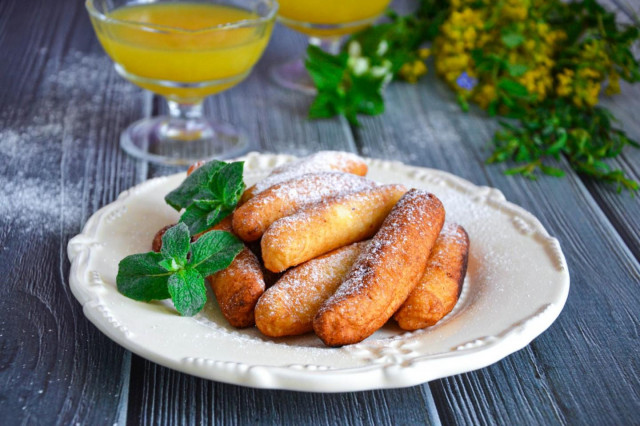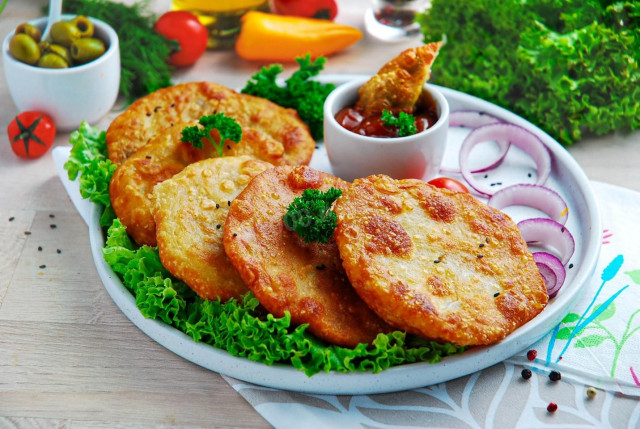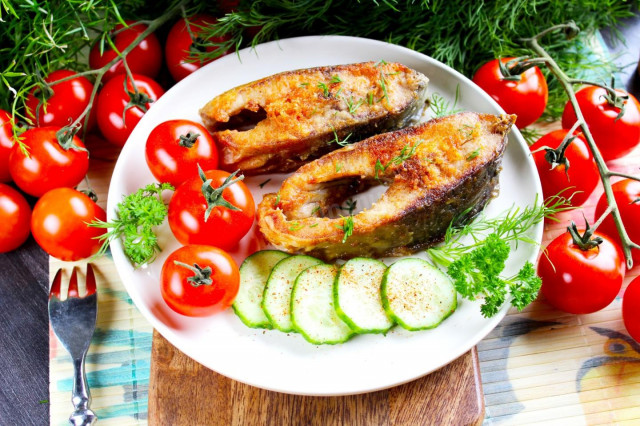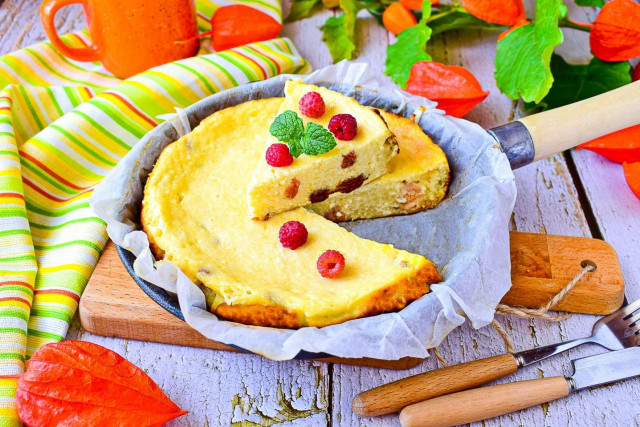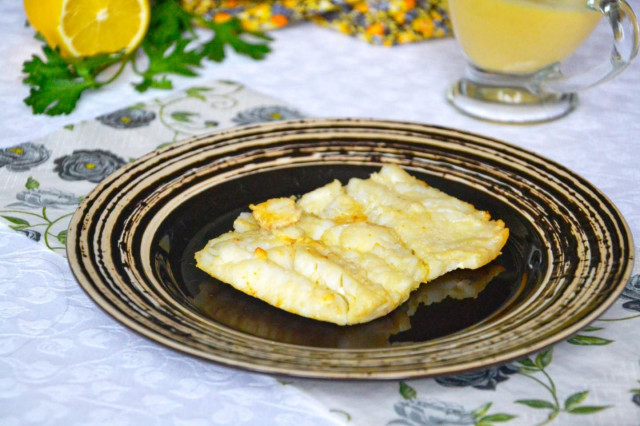Composition / ingredients
Step-by-step cooking
Step 1:

How to make curd sticks? Prepare the ingredients. Choose cottage cheese of good quality, without milk fat substitutes. The fat content can be any. Keep in mind that the higher the percentage of fat content, the more caloric the dish becomes.
Step 2:
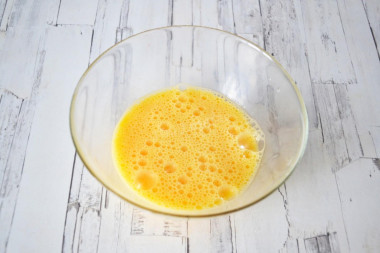
Combine egg with sugar and vanilla sugar. Whisk everything with a whisk.
Step 3:

Rub the cottage cheese through a sieve. This will rid it of lumps, and the cottage cheese will become tender and homogeneous. Instead of a sieve, you can punch the cottage cheese with an immersion blender. Add the cottage cheese to the beaten eggs and mix.
Step 4:
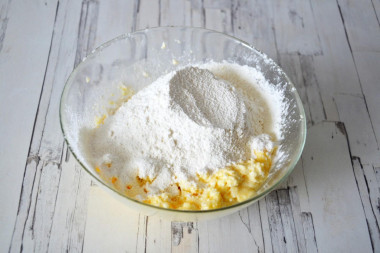
Sift the flour and pour it into a bowl with the curd mass. Knead a sticky homogeneous dough.
Step 5:
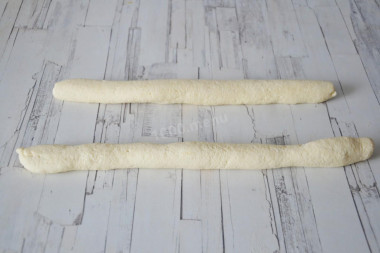
From the finished dough, roll out the bundles on a work surface sprinkled with flour.
Step 6:

Cut the tourniquet into small identical pieces. Roll sticks of the same size from each piece of dough.
Step 7:
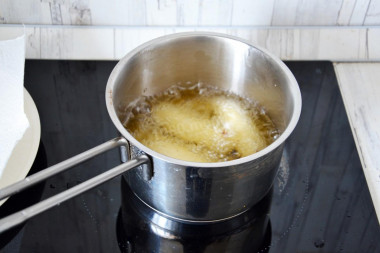
Heat the vegetable oil in a saucepan. Fry the curd sticks in hot oil until golden brown. Fry them in small batches so that the sticks float freely in the saucepan. Remove the finished sticks from the deep fryer with a slotted spoon and put them on paper towels so that the excess fat is absorbed.
Step 8:

Put the curd sticks on a plate, sprinkle with powdered sugar and garnish with mint. Bon appetit!
Cottage cheese is classified according to its fat content into: fatty (18%), bold (9%) and low-fat cottage cheese (no more than 3%). Soft dietary cottage cheese is also referred to as bold. 
Cottage cheese is a wonderful milk concentrate with a lot of calcium salts. It contains from 14 to 18% of a well-balanced protein. Cottage cheese has neither a tissue nor a cellular structure. This distinguishes it favorably from such sources of animal protein as fish, meat and poultry. Cottage cheese flakes are easily digested.
In terms of the amount of calcium and phosphorus salts, as well as their physiologically favorable ratio to each other, cottage cheese stands out favorably among other food products.
It is believed that the most useful cottage cheese is the one that was cooked at home. On our website you can find many interesting recipes for homemade cottage cheese.
Be sure to wash the eggs before use, as even the seemingly clean shell may contain harmful bacteria. It is best to use food detergents and a brush.
Use oil with a high smoking temperature for frying! Any oils are useful only until a certain temperature is reached - the point of smoking, at which the oil begins to burn and toxic substances, including carcinogens, are formed in it.
Unrefined oils, with rare exceptions, have a low smoking point. There are a lot of unfiltered organic particles in them, which quickly begin to burn.
Refined oils are more resistant to heating, and their smoking point is higher. If you are going to cook food in the oven, on a frying pan or grill, make sure that you use oil with a high smoking point. The most common of the oils with a high smoking point: refined varieties of sunflower, olive and grape.
It is important to sift the flour to saturate it with oxygen. Then the baking will turn out to be airy and will rise well when baking.
Caloric content of the products possible in the composition of the dish
- Chicken egg - 157 kcal/100g
- Egg white - 45 kcal/100g
- Egg powder - 542 kcal/100g
- Egg yolk - 352 kcal/100g
- Ostrich egg - 118 kcal/100g
- Cottage cheese of 40% fat content - 466 kcal/100g
- Cottage cheese of 20% fat content - 233 kcal/100g
- Cottage cheese of 18% fat content - 226 kcal/100g
- Cottage cheese of 10% fat content - 156 kcal/100g
- Low-fat cottage cheese - 75 kcal/100g
- Cottage cheese with sour cream - 260 kcal/100g
- Fruit cottage cheese - 147 kcal/100g
- Soft dietary cottage cheese - 170 kcal/100g
- Vitalinia cottage cheese - 64 kcal/100g
- Cottage cheese "morning" ( "danone") without sugar - 91 kcal/100g
- Cottage cheese - 156 kcal/100g
- Mint fresh - 49 kcal/100g
- Dried mint - 285 kcal/100g
- Mint - 49 kcal/100g
- Whole durum wheat flour fortified - 333 kcal/100g
- Whole durum wheat flour, universal - 364 kcal/100g
- Flour krupchatka - 348 kcal/100g
- Flour - 325 kcal/100g
- Granulated sugar - 398 kcal/100g
- Sugar - 398 kcal/100g
- Vegetable oil - 873 kcal/100g
- Powdered sugar - 374 kcal/100g
- Vanilla sugar - 379 kcal/100g

